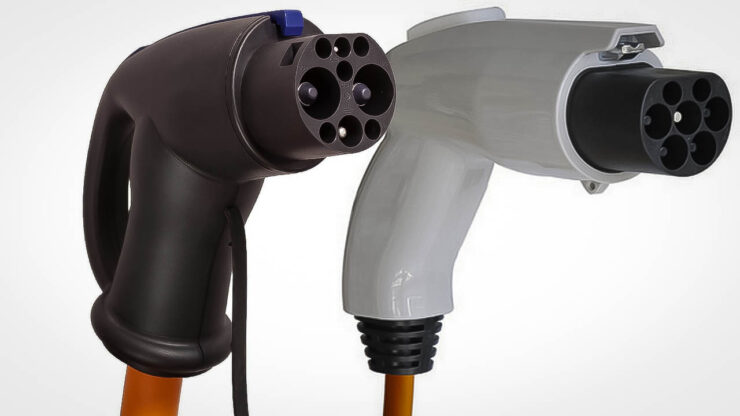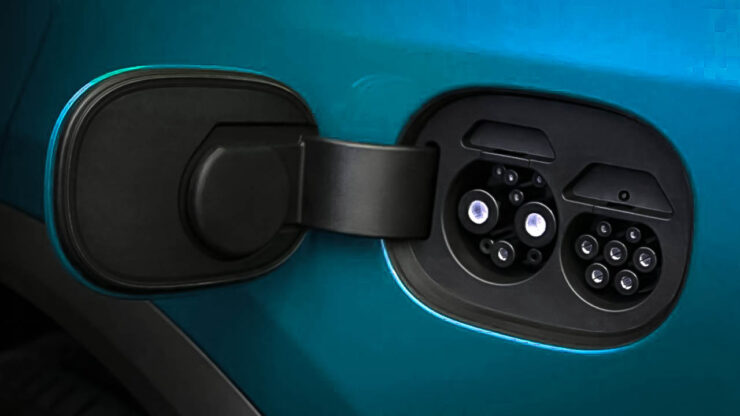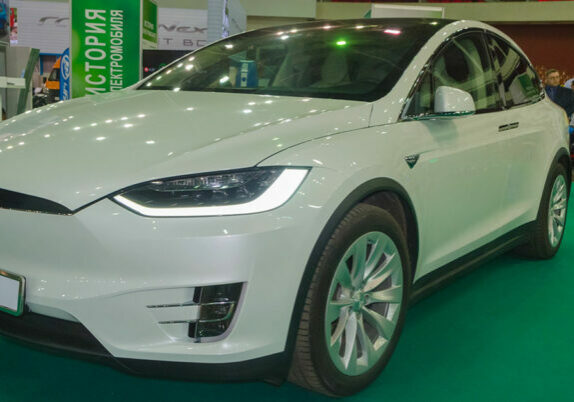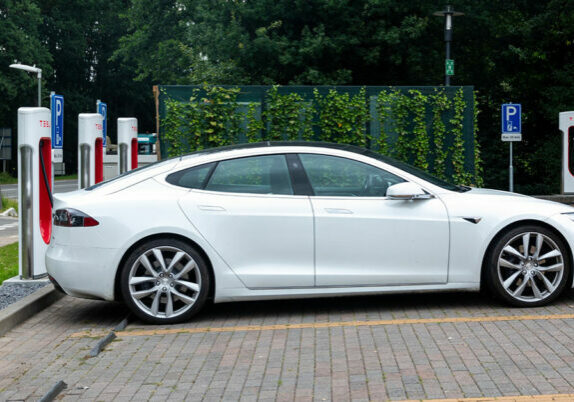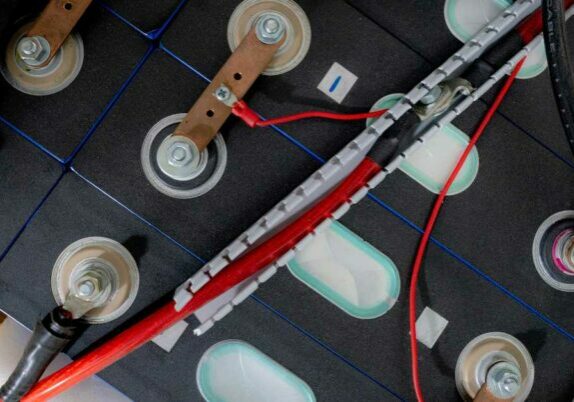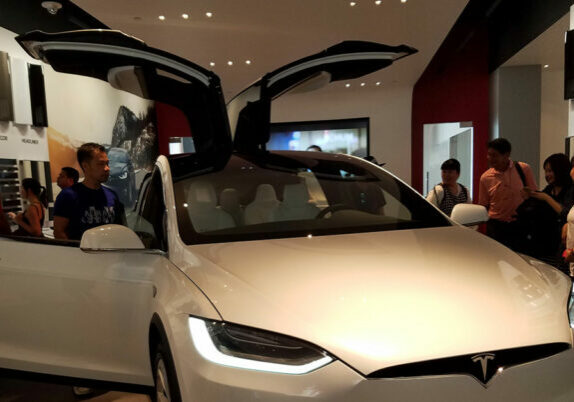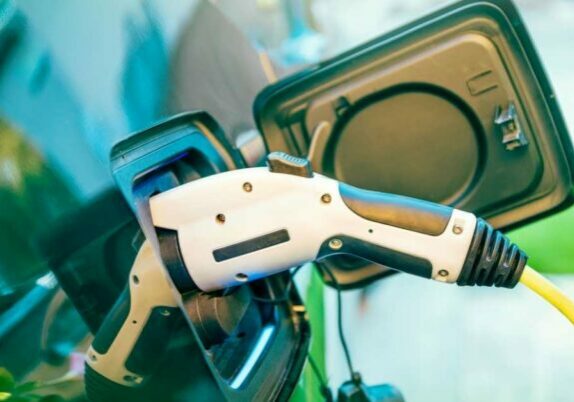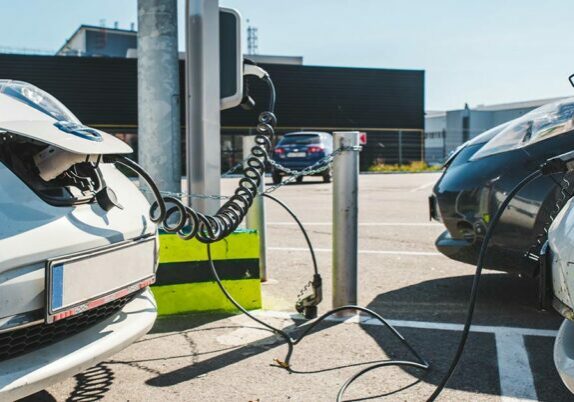The GB/T Plug EV, also known as the GBT, is a Chinese-made standard for EV charging. Read below the characteristics and types of connectors used in the GB/T Plug EV standard.
Contents:
GB/T Specifications
The GB/T Plug EV standard is specifically designed for Chinese-made cars and is visually similar to the European Mennekes plug (Type 2). However, it is not technically comparable to it. An additional adapter required to charge your car from Type 1, Type 2 or CHAdeMO stations.
The GB/T plug has two coupler types: 20234.2 for AC and 20234.3 for direct current charging.
| Type | Voltage | Amperage | Socket | Power, kW |
|---|---|---|---|---|
| Mode 2, AC | 250 | 10 | 20234.2 | 2.5 |
| Mode 2, AC | 250 | 16 | 20234.2 | 4 |
| Mode 2, AC | 250 | 32 | 20234.2 | 8 |
| Mode 3, AC 3-phase | 440 | 16 | 20234.2 | 7 |
| Mode 3, AC 3-phase | 440 | 32 | 20234.2 | 14 |
| Mode 3, AC 3-phase | 440 | 63 | 20234.2 | 27.7 |
| Mode 4, DC | 750 | 80 | 20234.3 | 80 |
| Mode 4, DC | 750 | 125 | 20234.3 | 93.7 |
| Mode 4, DC | 950 | 200 | 20234.3 | 190 |
| Mode 4, DC | 950 | 250 | 20234.3 | 237.5 |
AC charging
The GB/T Plug EV standard has two types of connectors – one for slow charging and the other for fast charging. The slow-charging connector, also known as the AC connector, is a single-phase, three-pin connector. This connector is typically used for charging at home or in commercial areas where charging time is not a constraint. The AC connector can provide a maximum charging power of 27.7 kW with three-phase current. A one-phase wire provides a maximum of 8 kW charging power.
The AC charger uses the GB/T 20234.2 connector, which is compatible with Type 2 with an adapter.
DC fast charging
Fast-charging connector, also known as the DC connector (GB/T 20234.3), is a nine-pin connector that can provide a maximum charging power of 237.5 kW. The charging power is limited by the vehicle’s on-board charger, which is usually significantly less than the maximum capacity of the connector. This connector is commonly used in public charging stations and can charge an electric vehicle in less than an hour. The DC connector has a higher voltage and current rating than the AC connector, which enables it to deliver faster charging speeds.
The DC charger uses the GB/T 20234.3 connector, which is compatible with Type 2 connectors with an adapter.
GB/T Pinout

The GB/T 20234.2 standard defines a seven pinouts for AC EV charger:
- CC (Charging Confirmation): Pre-insertion signaling, indicating power availability for charging.
- CP (Control Pilot): Post-insertion signaling, providing charging parameters such as voltage, current, and mode.
- PE (Protective Earth): Full-current protective earthing system with 6mm diameter, protecting against electrical faults and shocks.
- N (Neutral): Single-phase AC power supply system, providing the return path for the electrical current.
- L1 (Line 1): Single-phase AC power supply system, the primary power source for charging the electric vehicle.
- L2 and L3 (Line 2 and Line 3): Backup contact pinouts, providing an alternative power source in case of primary power source failure.

GB/T 20234.3 standard defines a six-pin interface for the male vehicle connector. Each pin has a specific function, including charging communication, charging confirmation, post-insertion signaling, main DC power, protective earth, and auxiliary DC power.
- S+ / S- (CAN_H / CAN_L): These pins are used for charging communication. The Communication protocol used is Controller Area Network (CAN). The S+ pin is the CAN_H line, and the S- pin is the CAN_L line.
- CC1 / CC2: These pins are used for charging confirmation and post-insertion signaling. The charging confirmation signal is sent by the vehicle to the charging equipment, indicating that it is ready to charge. The post-insertion signaling signal is sent by the charging equipment to the vehicle after the plug has been inserted, indicating that the connection is secure.
- DC+ / DC- (Positive / Negative): These pins are used for the main DC power. The DC+ pin is the positive terminal, and the DC- pin is the negative terminal. These pins carry the high current required to charge the EV’s battery.
- PE: This pin is used for the protective earth. It is a full-current protective earthing system that provides protection against electrical shock. It connects the vehicle chassis to the earth.
- A+ / A-: These pins are used for the auxiliary DC power. The A+ pin is the positive terminal, and the A- pin is the negative terminal. These pins are used to power auxiliary systems in the vehicle, such as lights and air conditioning.
Adapters
The GB/T Plug EV standard is used exclusively in China and is not compatible with other charging standards used in different countries. However, some EV manufacturers have developed adapters that can convert the GB/T Plug EV to other standards used in Europe, North America, and other regions.

The CCS2 or CCS1 standards is compatible with GB/T with special adapter that is used for connecting the charging cable on a CCS charging station. Same history with conversion to CHAdeMO. These adapters cost around $200-$500.
Video: Overview About the Chinese Charging Standard
GB/T 27930 Chinese Charging Standard Explained

